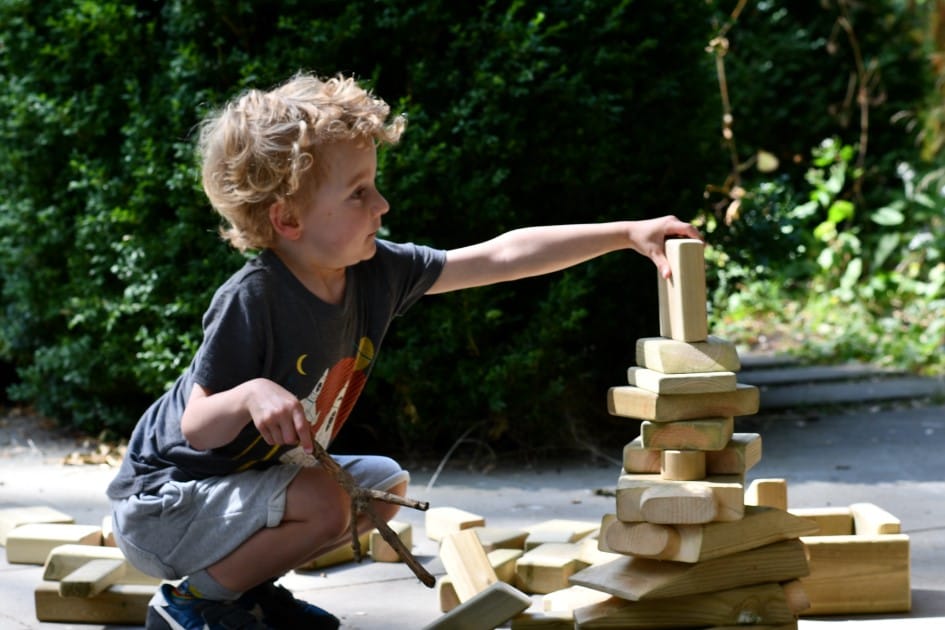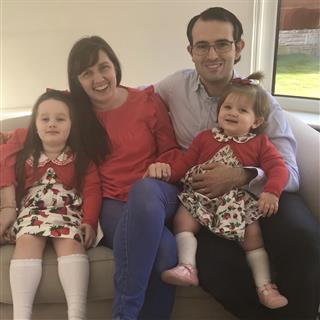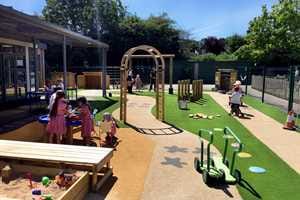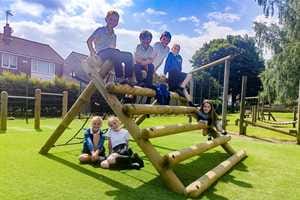
Lesson Ideas and Activities
Transient Art and Self-Access Resources Explained
Transient art is a term which means creating an imaginative piece using ‘loose parts.’ The pieces are not fixed; therefore, the artwork is not a permanent fixture. Transient art can also be referred to as ‘no glue’ or ‘land’ art. Artwork can be small or large scale and pupils can work either individually, in pairings or in groups.
Transient art links to the Reggio Emilia learning approach which supports open-ended play using natural resources which fosters imagination and creativity. Children are given opportunities to engage in free play with little adult direction.
They are encouraged to fully express themselves with no limitations or expectations. Reggio Emilia philosophy states, “Children need the freedom to appreciate the infinite resources of their hands, their eyes and their ears, the resources of forms, materials, sounds and colours.
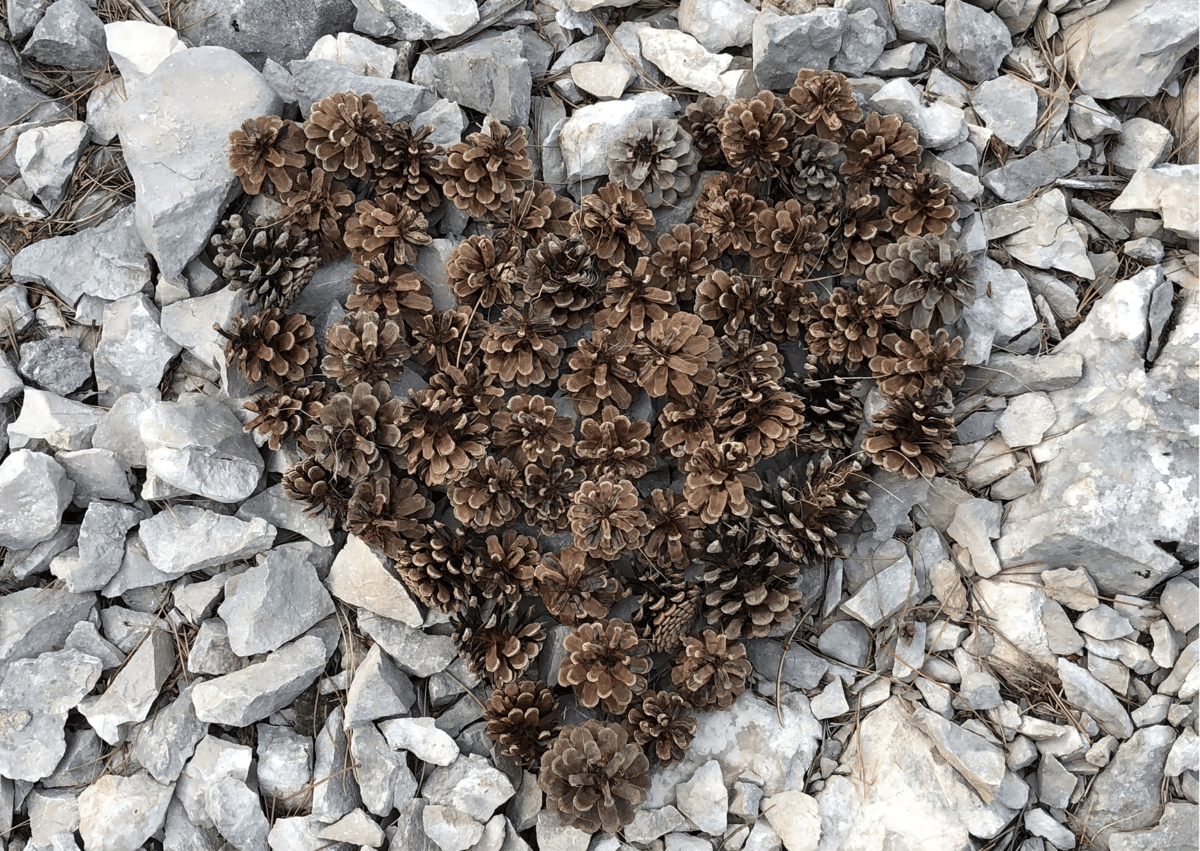
In early years, children often stick arts and craft items with glue with a focus on the end product whereas transient art values the process of creativity itself, pupils are encouraged to explore and create with materials, rather than focus on the finished product.
Sometimes early years children can become frustrated when their end piece doesn’t look how they imagined or they may not want to take part in creative activities for fear of failure.
The non-permanent nature of transient art allows children to move, change, take apart and put materials back together until they are happy with the end result.
Benefits For Early Years Students Taking Part in Transient Art
Transient art celebrates freedom and individuality, there is not right or wrong result which allows children to grow in confidence and supports wellbeing. Often transient art can be a calming, relaxing activity. Pupils show great concentration and patience as they become absorbed in their creations.
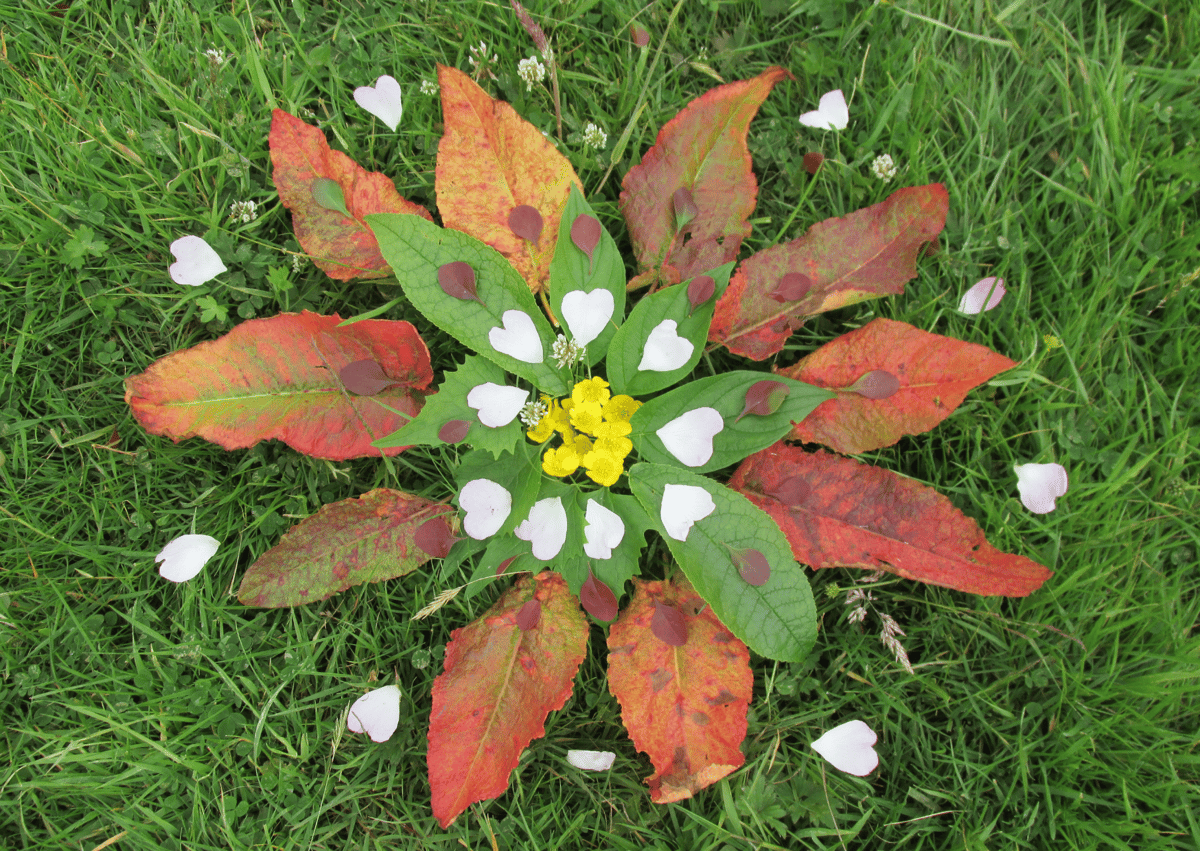
Children become fully immersed in transient art as they can manipulate, reposition and change materials to create two-dimensional or three-dimensional pieces.
Transient art can provide many learning and development opportunities by allowing pupils to explore unique materials and textures to build their own unique creations. Children’s thinking skills are strengthened as they are encouraged to explore their ideas, solve problems, make changes and plan out their work.
Skill Development
Children's language and Communication skills are supported through transient art eyfs activities as children explain the processes they are using to complete their creations.
Pupils may create narratives using moving pieces or work can be incorporated into imaginative role play. Positional language will be developed as children talk about their work.
Fine Motor Skills will be supported as early years children strengthen small muscles in their hands when manipulating different materials.
Maths concepts such as repeating patterns,symmetry, size comparison, repeating pattern, tessellation, counting, positioning and sorting and classifying can all be practised.
Observational Scientific skills can develop as children study and combine different materials noting properties.
Social and Communication skills are strengthened when children communicate with others, sharing their ideas and thoughts, discussing materials and making decisions.
Is Transient Art An Indoor or Outdoor Activity?
Transient art can involve selecting, gathering and using natural resources and objects found in a school setting. Children can connect with and value nature as they repurpose and appreciate what is around them.
A collection of natural items such as: pinecones, leaves, sticks, shells, feathers, petals, pebbles/stones, moss, straw, conkers, seeds, bark or acorns provide a range of materials to explore.
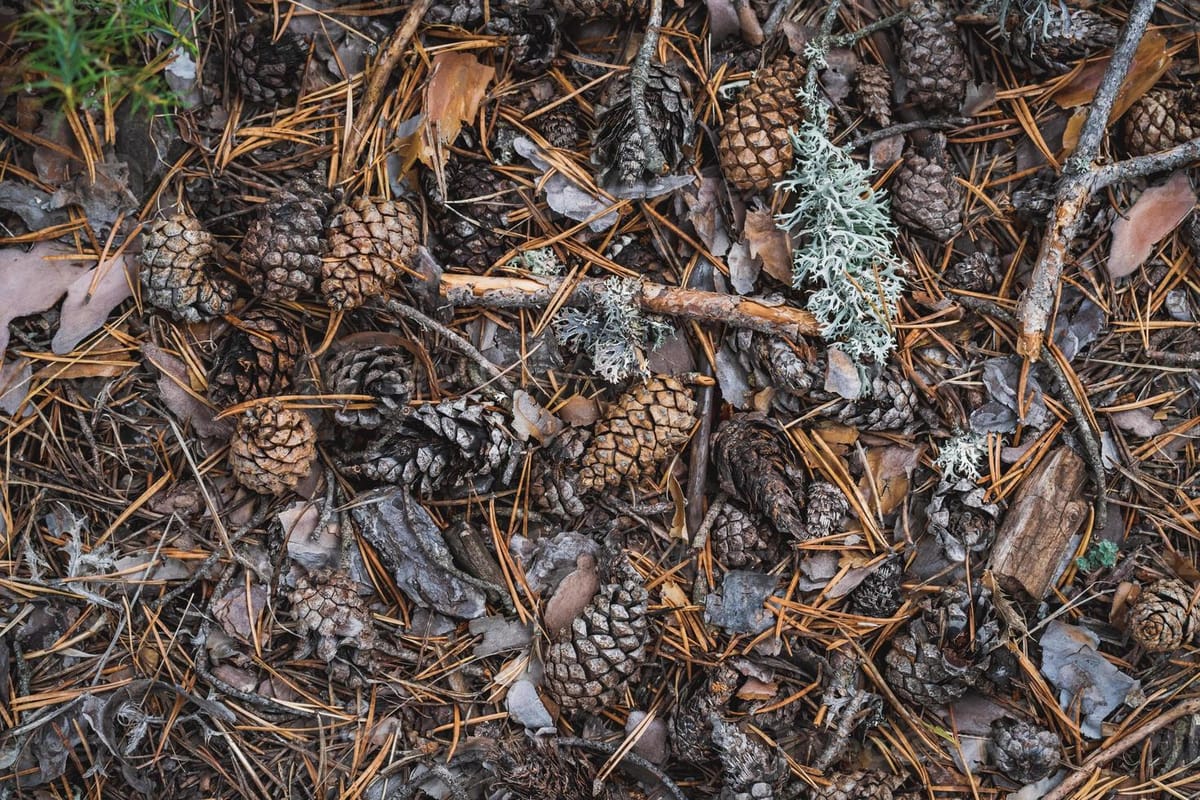
Further loose parts ideal for transient art which can be used inside or outside the classroom could include: buttons, beads, mosaic tiles, gems, matchsticks, sequins, pom poms, materials scraps, nuts, bolts and washers, bottles tops or dyed pasta. Light boxes can also be used as a base to add a further sensory element to transient art.
Mirrors, picture frames, placemats, paper, a piece of material or a tray can be used to provide a frame for children to create their artwork in, alternatively pupils can make their own frames using sticks.
It is a good idea to take photographs of children’s completed creations, as you should expect children to want to keep a memory of their work.
Children may like to create self or family portraits or they may want to include themselves in their piece of art for example by making a pair of wings and lying down on them or making something to rest in their outstretched palm as if they were holding it.
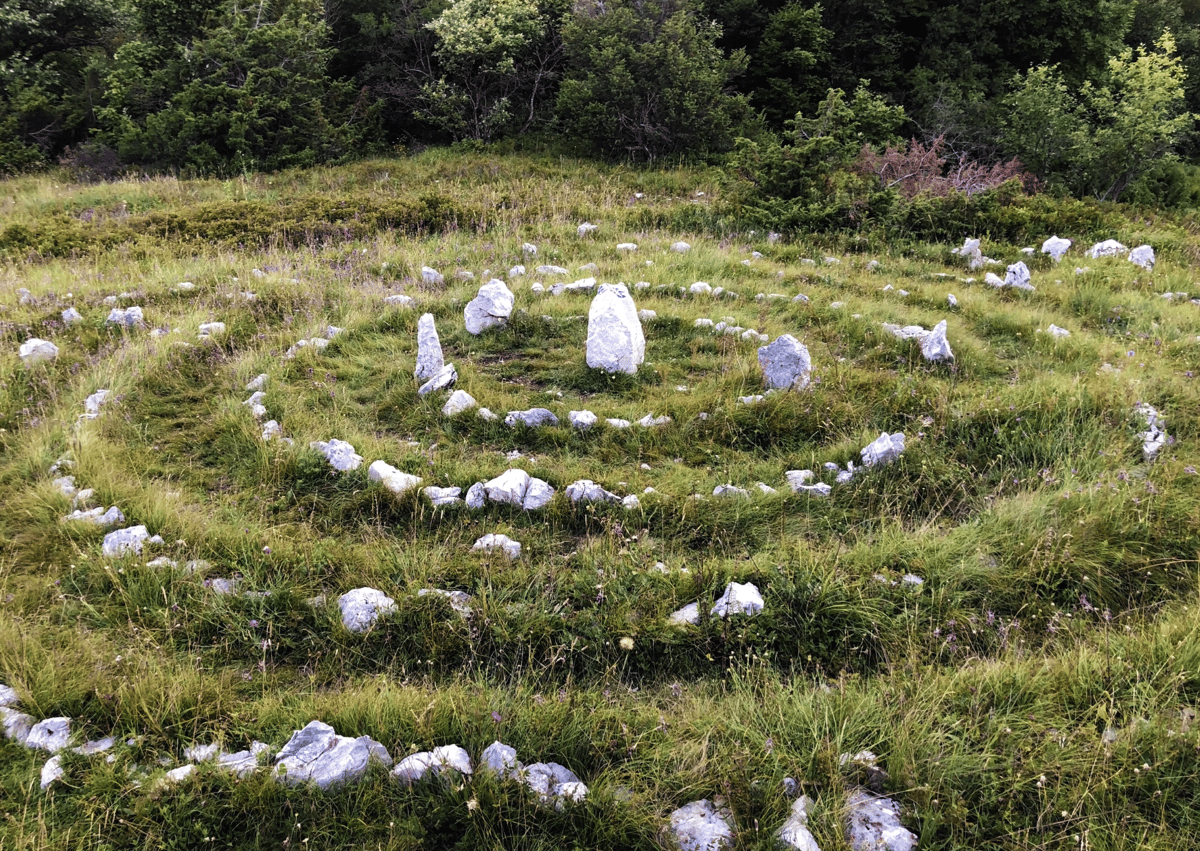
Pupils may wish to leave and revisit their transient artwork over the course of a morning or afternoon session. Leaving a simple ‘work in progress’ note or symbol next to their piece can allow children time to develop their work creating different variations and sequences.
When early years children begin this type of art, they make like to follow a line drawing drawn by a teacher or they may like to sketch their own design which they will follow.
.jpg)
Transient art involves pupils in placing and rearranging their own patterns and colour arrangements. Practitioners can ask open-ended questions such as: ‘Can you tell me about your artwork?’ Have you made any patterns?’ ‘How does this material feel?’
Transient Art Study Materials
As children learn new concepts with their senses, it would be a fantastic idea to introduce your class to some fantastic pieces of transient art.
The two study materials we have mentioned are a fantastic way to introduce the topic of transient art to your class, whilst keeping them engaged and excited to learn more.
Andy Goldsworthy Inspired Art
Andy Goldsworthy is a British sculptor, land artist and photographer known for his works created outdoors using found, natural objects/materials. Loose parts play a huge role in Goldsworthy work, such as stones, sticks, snow, ice and any other natural materials available to him. He photographs his completed artworks before the materials succumb to the elements.
Children will enjoy studying Goldsworthy’s artworks and observing the forms, colours, shades and patterns used. Goldsworthy’s work will certainly provide inspiration for children to create their own transient art projects perhaps creating spirals, concentric circles or sculptures from natural materials.
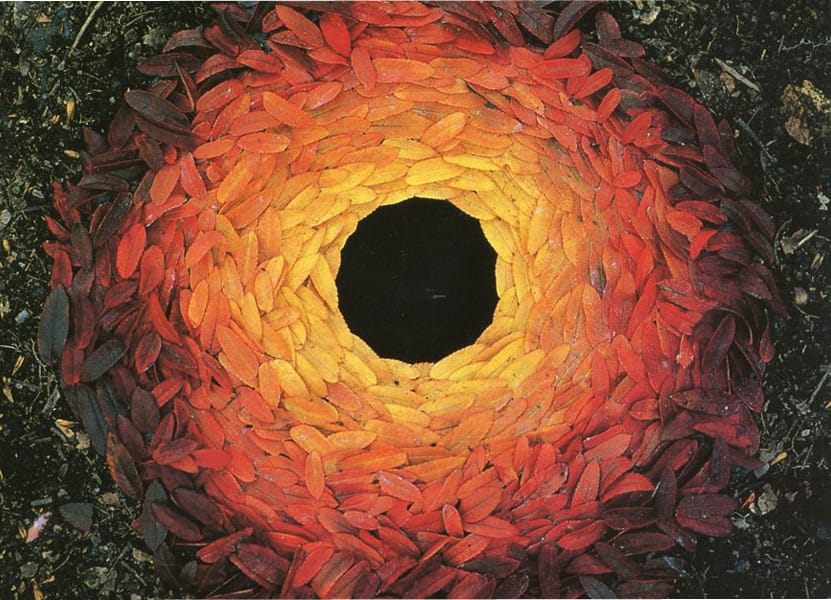
Collections of twigs could be knotted together and string or twine wound around, creating individual weaving boards. A Pentagon Weaving Panel on Posts is ideal for outdoor, collaborative projects. Pupils can weave natural items of different colours and textures in different directions across the panel.
Wordless Picture Books
Author Clare Thompson has published an inspiring collection of wordless picture books, most notably ‘The Visitors’ and ‘Junk DNA.’ These stories are told without words, through the use of photographs beautifully constructed using loose parts.
Clare gains inspiration for images and stories by “experimenting with things that are open-ended, easily changed and moved around.” Clare believes that this natural approach to story composition is, “innate to all of us form an early age and if facilitated and explored can unlock potential for play and creative development.”
Clare’s first book ‘Junk DNA’ includes pictures of recycled loose parts such as nuts, bolts, keys, light bulbs, spanners, watch parts and torn paper. Whereas ‘The Visitors’ uses natural objects/items such as petals, shells, feathers and leaves.
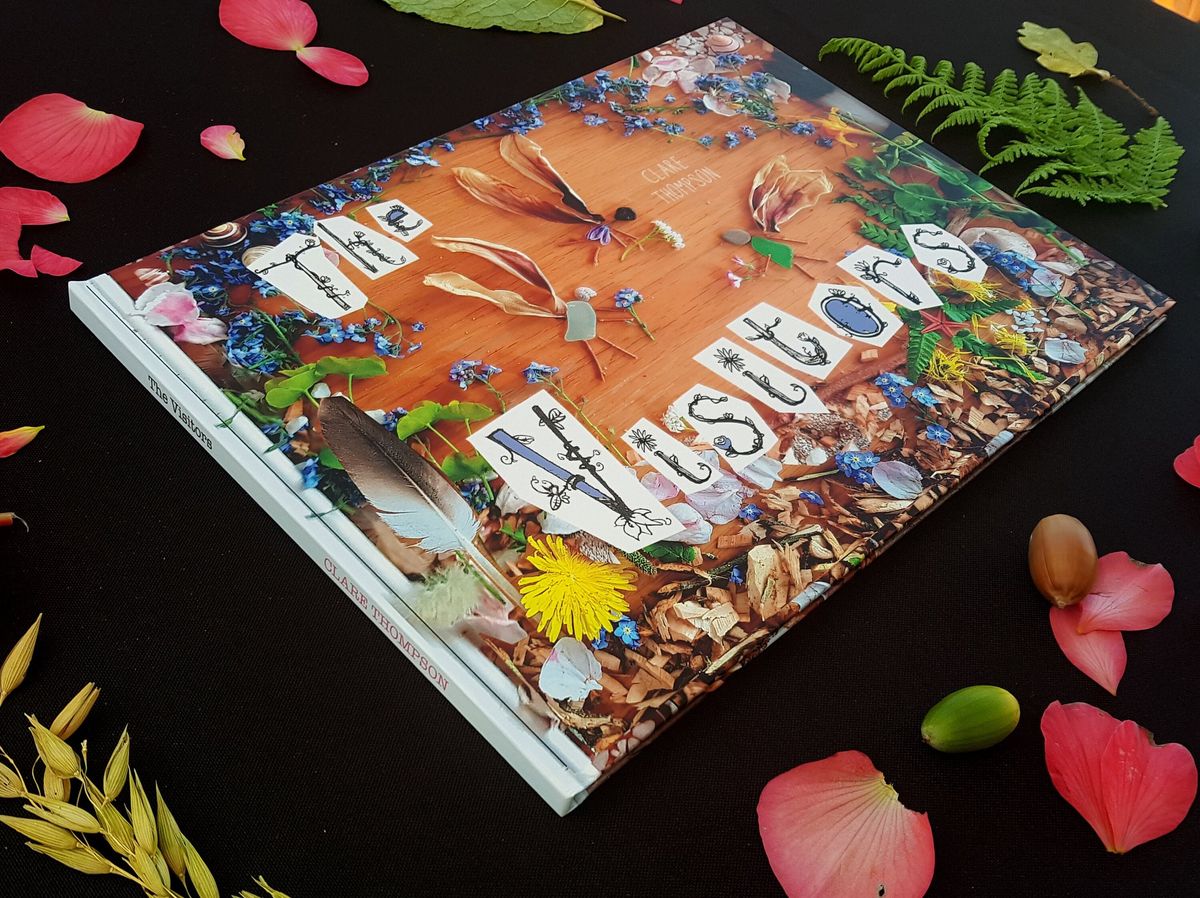
When classes read these books, the books will encourage children to ask their own questions, wonder at different parts and create their own ideas and meanings based on their own experiences and vocabulary. Both stories would act as a fantastic stimulus for transient art with storytelling opportunities.
Self-Access Art Resources
Whether looking to organise indoor or outdoor environments Pentagon Play can help to create efficient, child led environments where children are free to access a wide range of natural loose parts/materials to support transient art.
We have included two of our most popular products that we believe could make a fantastic addition to your classroom and be utilised fantastically when you teach transient art.
Acorn Self-Select Stores
Acorn Self-Select Stores have plenty of shelf space for 6 large storage boxes. Chalkboard strips allow each shelf to be labelled making self-selection simple for pupils.
.jpg)
Practitioners can carefully select art materials and equipment to enhance children’s learning and development. By allowing early years children to select their materials schools can foster independence and decision making.
A richly-resourced, well-planned environment can help to strengthen children’s imagination and creativity. Acorn stores are spacious enough to hold a variety of resources based on children’s interests as well as new and interesting materials to explore.
Angled Storage on Wheels
Pentagon’s high quality Angled Storage on Wheels provides the perfect storage solution when creating art indoors. This wonderful, wooden storage unit is big enough to hold a wide variety of art materials and is a perfect height for children to view and select resources.
.jpg)
The unit is fully moveable offering great flexibility and supporting classroom organisation. Pot holders, trays and baskets can be added to the shelves creating a clean and effective environment for creation!
Angled Storage Units on Wheels are ideal for continuous provision, enabling children to explore and play with a wide range of media and materials. Having a well-organised classroom environment helps children to choose with confidence and allows more time for play and exploration.
Start Incorporating Transient Art In Your Lessons Today
Schools have the power to inspire children through their arts curriculum. Engaging in transient art encourages children to respond to and respect the natural world around them, to develop their imagination, express their ideas, thoughts and feelings and to solve problems.
Transient art activities can allow children to interpret what they observe, communicate what they think and make what they imagine. Every child can engage with transient art.
If you need more information on transient art and how the Pentagon team can create the perfect environment for this topic, make sure you contact us and one of our specialists will be in contact with you and help you bring transient art to your class.

